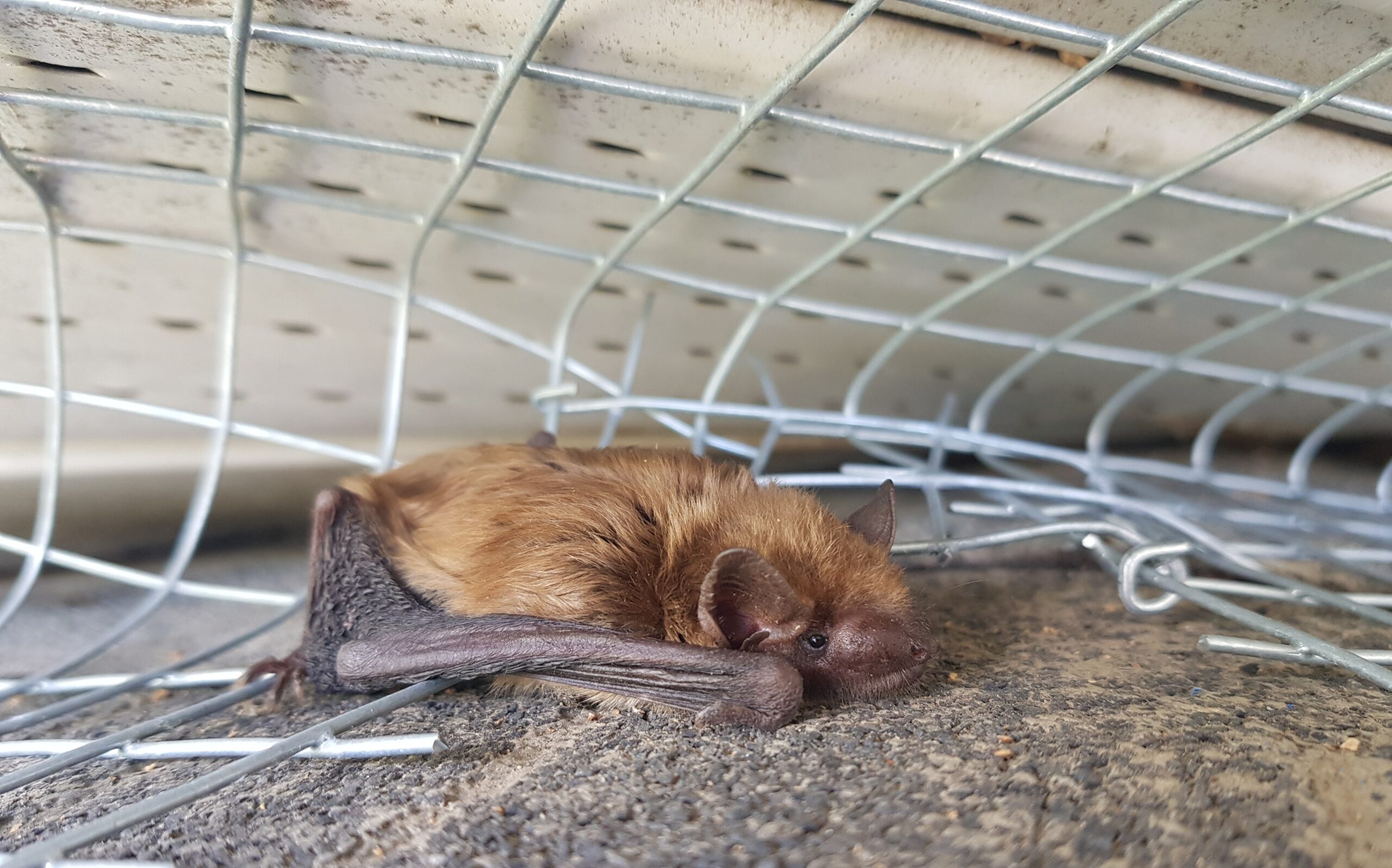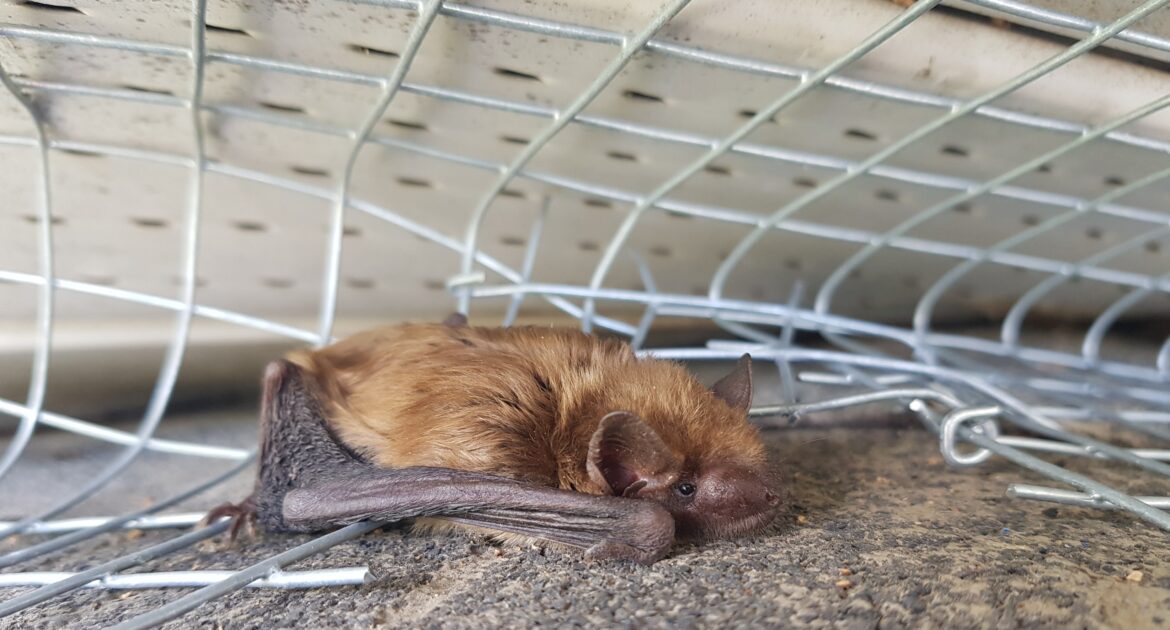Having bats in your home can be a disconcerting experience. Roosting animals are often loud and destructive. They also expose you and your family to rabies or other diseases. You should call a bat exclusion professional as soon as you notice a problem, though you may have to wait until the right season to perform a full eviction. Continue reading to learn more about bat exclusion, laws that are in place to protect bats and how wildlife technicians remove bats from your property.
What Is Bat Exclusion?
When you have a wildlife incursion, it’s because you have a breach in your home. Sometimes animals make their way in through typical human means, such as doorways or windows, but these cases are rare.
Most often, creatures find creative ways to get in. While you might think of your house as an air-tight defence against the forces of nature, this isn’t simply isn’t the case. Even tiny breaches, such as those around attics or between siding panels, can be large enough for intruders to get in. As the changing seasons wear building material it becomes easier for wildlife to access the inside.
Because these places are often very high or very difficult to reach, you may not even be aware of them. This is why you should rely on the advice of an exclusion professional. An experienced technician knows exactly what signs to look for on the perimeter of your home.
Once you’ve compiled a list of potential entry sites, you need to seal them off. This prevents animals from entering, but it can also trap them inside, leaving them to die in your walls. This is both unethical and unlawful. Wildlife technicians are trained to know what time of year bats can be safely removed and how to ensure every animal present is removed before the entry points can be sealed.
What Laws Are In Place To Protect Invading Animals?
Bats are currently facing an unprecedented crisis. In addition to the many pressures they face from human development, a disease, called white-nose syndrome, is wreaking havoc on North American populations.
White-nose syndrome, a fungal infection that inhibits proper hibernation, can kill between 80 and 97 percent of individuals in a colony. Already, it has left several large subgroups seriously endangered.
In Canada and the United States, it’s illegal to remove bats during the months they spend hibernating or breeding, as this leaves them vulnerable to the cold. Only after pups have grown large enough to fly for themselves can you perform a proper removal. It is important for pups to have time to grow and become independent to help ensure bat populations are protected.
How are bats removed from endangered lists? While their fate is still uncertain, scientists estimate that they may develop helpful adaptations to white-nose syndrome, as long as humans don’t kill them needlessly. This is why following the proper laws and guidelines during every bat removal is so important.
How Do Wildlife Technicians Remove Bats?
The summer and fall months are the ideal times to evict your flying mammal infestation. When you call a technician, they’ll assess the extent of your problem and use special gear to locate each individual. Bats are rarely alone, so this sometimes requires very close contact with several animals.
Most bats have multiple roosts they rely on for different seasons. By collecting each adult, your wildlife professional allows them to fly off and locate a better site. Since this can only happen in summer or fall, there’s no risk of creatures freezing.
How Are Bat Colonies Removed?
As any homeowner with an infestation knows, a colony is more than just the animals that inhabit it. Resting bats pee and poop on the surfaces beneath them. They also chew, gnaw, and push their way through entrances. They can even destroy valuable insulation. With fire hazards being created and bacteria being spread throughout the home, it is important to have a professional cleaning and repair after a bat colony has stayed in your home to ensure your family and property are safe.
Cleaning up after a colony means restoring your attic or other space to its former condition. A wildlife technician can sweep up, plug breached surfaces, and fill gaps in siding. In some cases a simple spot cleaning can work to clean an area, but the longer bats have stayed, the more likely an attic restoration will be needed.
The point of removal isn’t just to get rid of your pests — it’s to restore the integrity of your home, so you never have to worry again. At Skedaddle Humane Wildlife Control, we have years of experience keeping animals out for good. Call us or contact us online today.




